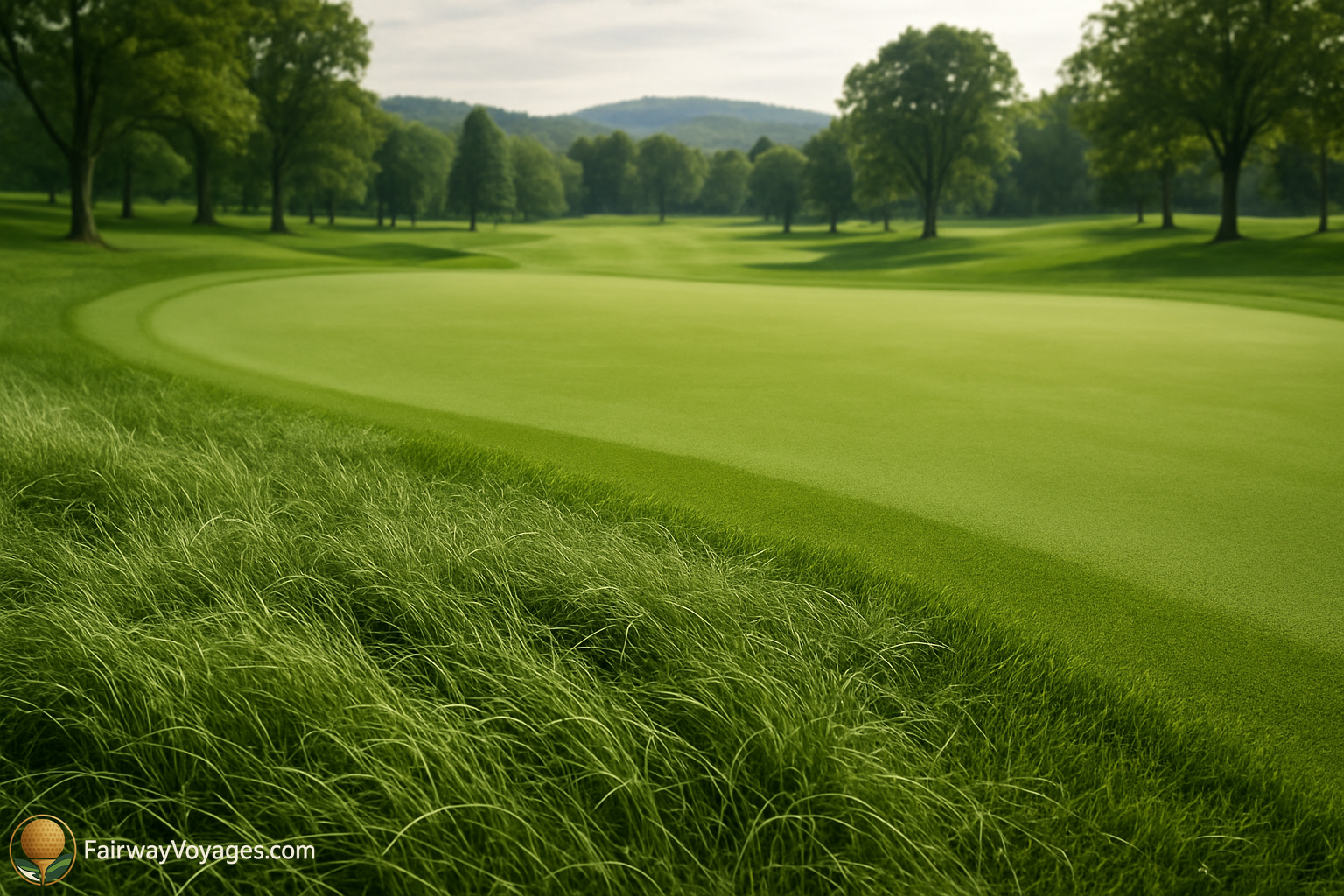Bentgrass and Its Role in Modern Golf Course Management

Bentgrass, scientifically known as *Agrostis stolonifera*, is one of the most commonly used turfgrasses on golf courses, particularly in temperate regions. It is prized for its fine texture, dense growth, and ability to withstand close mowing heights, making it ideal for putting greens and sometimes fairways. Originating from Europe and parts of Asia, bentgrass has been adapted and cultivated for use in many areas across North America and other continents where golf is a prominent sport. Its reputation among superintendents and groundskeepers is well established due to its aesthetic appeal and excellent playing surface.
This cool-season grass thrives in climates with moderate temperatures, and it performs best when daytime temperatures remain between 60°F and 75°F. It is especially suited to the northeastern and north-central United States, coastal regions, and higher elevation courses in warmer zones. Its ability to tolerate low mowing—down to 0.1 inches—makes it the premier choice for putting greens that require a fast, uniform ball roll. Bentgrass spreads via stolons, which allows it to recover quickly from wear, an essential trait for areas that receive high foot traffic and repetitive mechanical mowing.
There are several varieties of bentgrass, but creeping bentgrass is by far the most prevalent in golf course use. Cultivars like 'Penncross', 'A-1', 'A-4', and 'Declaration' have been developed to improve disease resistance, density, and heat tolerance. Each cultivar has specific attributes that superintendents consider when choosing grass for new installations or overseeding. For instance, 'Penn A-1' and 'Penn A-4' are known for their ultra-fine texture and are often used on elite-level courses where putting quality is of utmost importance.
Maintenance Demands and Management Practices
Maintaining bentgrass at the standards expected on golf courses is labor-intensive and requires significant resources. Frequent mowing, often daily during the growing season, is necessary to maintain the short height and consistent playing surface. In addition to mowing, practices such as topdressing, verticutting, and rolling are regularly employed to manage thatch and promote smoothness and speed on putting greens. These cultural practices are critical to prevent the buildup of organic matter, which can create soft, bumpy surfaces and foster disease conditions.
Irrigation and fertility management are equally important in bentgrass upkeep. Because of its shallow root system, bentgrass requires consistent but controlled watering, often managed with precision irrigation systems and moisture sensors. Overwatering can quickly lead to problems like root rot, algae, and fungal outbreaks. Nutrient applications, particularly nitrogen, must be carefully calibrated to promote steady growth without encouraging excessive thatch production or inviting pests. Many courses adopt spoon-feeding programs where small amounts of nutrients are applied frequently to maintain optimal turf health.
Common Challenges and Disease Pressures
While bentgrass offers many advantages, it is not without challenges, particularly in terms of disease susceptibility and environmental sensitivity. Diseases such as dollar spot, anthracnose, and brown patch are prevalent, especially under stress conditions like heat or moisture imbalance. These diseases require a combination of cultural controls and fungicide applications to manage effectively. Some courses apply fungicides preventively during peak seasons to avoid turf loss that could disrupt play and damage course reputation.
Heat and humidity pose significant stress for bentgrass, particularly in regions outside its preferred climate zones. In the southern U.S., many courses have transitioned from bentgrass to warm-season grasses like Bermuda due to the high costs of maintaining bentgrass greens in extreme heat. Even in temperate climates, maintaining bentgrass during summer months can involve the use of fans, syringing (light watering to cool the plant canopy), and reduced mowing frequency. These measures aim to prevent the turf from entering decline during peak play season.
Weed and Pest Control Considerations
Weed management in bentgrass areas must be carefully handled due to the grass's sensitivity to many herbicides. Pre-emergent and post-emergent products are used selectively, with careful attention to label instructions and application timing. Weeds like poa annua can become invasive if not controlled, disrupting the uniformity and performance of greens. Mechanical and manual removal may supplement chemical treatments when infestations are localized.
Insect pests such as cutworms, billbugs, and annual bluegrass weevils can also impact bentgrass health. Integrated pest management (IPM) strategies are often used to monitor pest populations and reduce reliance on chemical controls. This might include the use of biological controls, targeted pesticide applications, and monitoring tools like soap flushes and pheromone traps. Preventing pest outbreaks is more effective than trying to repair damage after it occurs, especially on high-profile tournament courses.
Environmental and Sustainability Considerations
As environmental sustainability becomes more central to golf course management, the high maintenance needs of bentgrass are increasingly scrutinized. Water use, fertilizer runoff, and pesticide applications are all under pressure to be reduced due to environmental regulations and public perception. Some facilities are exploring more sustainable turf management practices, such as using reclaimed water, switching to organic-based fertilizers, and adopting reduced-input maintenance plans during off-peak seasons.
Efforts to breed more resilient bentgrass cultivars have also contributed to sustainability goals. Research institutions and turfgrass breeders are developing varieties with improved drought tolerance, reduced nutrient requirements, and greater resistance to diseases. These innovations can help maintain the playability and aesthetics of bentgrass while lowering the environmental footprint and economic cost of maintenance. Course certification programs such as Audubon International's Cooperative Sanctuary Program further encourage environmentally responsible management that still meets golfer expectations.
Bentgrass remains a staple of high-quality golf course construction and maintenance, particularly for putting greens where precision and appearance are paramount. Despite its maintenance challenges and environmental demands, its performance benefits make it difficult to replace entirely in regions where climate conditions are favorable. The continued advancement of agronomic practices and turfgrass breeding is likely to ensure bentgrass's place in the game for decades to come. Golf course superintendents must balance tradition, performance, and sustainability as they manage this iconic grass across changing climates and evolving expectations.
